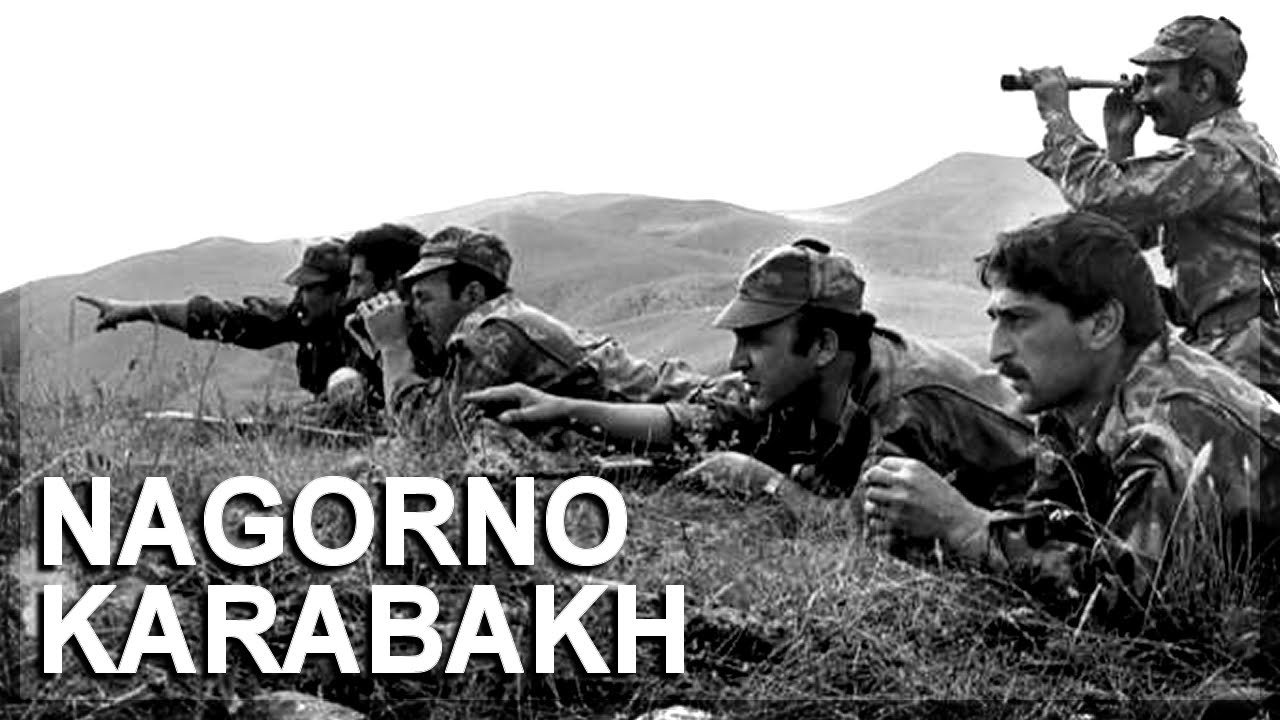Nagorno-Karabakh: the history, the war, the causes
The Nagorno-Karabakh war, a protracted and complex conflict, has left an indelible mark on the South Caucasus, reshaping geopolitical dynamics and causing significant human suffering. The Nagorno-Karabakh conflict has an intricate history and it is worth exploring its causes, historical context, and the Azerbaijan-Armenia war that unfolded as part of this multifaceted struggle.
Historical Background
The roots of the Nagorno-Karabakh conflict can be traced back to the early 20th century, with the incorporation of the South Caucasus into the Soviet Union. Joseph Stalin’s policy of drawing borders along ethnic lines created a territorial arrangement that would become a source of tension. The Nagorno-Karabakh Autonomous Oblast, while predominantly Armenian in population, was placed under the jurisdiction of the Azerbaijan Soviet Socialist Republic.
Perestroika and Rising Tensions
With the advent of Mikhail Gorbachev’s perestroika in the late 1980s, nationalist sentiments and demands for autonomy surged across the Soviet Union, including in Nagorno-Karabakh. As the Soviet Union began to unravel, long-standing ethnic and territorial disputes resurfaced, leading to a complex web of tensions between Azerbaijanis and Armenians in the region.
Declaration of Independence
In 1988, against the backdrop of the crumbling Soviet Union, the Nagorno-Karabakh Autonomous Oblast declared independence, seeking reunification with Armenia. This move exacerbated existing tensions and marked the beginning of a series of violent clashes between ethnic Armenians and Azerbaijanis.
Outbreak of War (1988-1994)
The conflict escalated into a full-scale war in 1991, following the declaration of independence by the Nagorno-Karabakh Republic. The war saw significant military engagements, displacement of populations, and atrocities on both sides. The conflict was characterized by ethnic cleansing, sieges, and a complex network of alliances involving Armenia, Azerbaijan, and various regional players.
Ceasefire and Unresolved Status
The Nagorno-Karabakh war came to an uneasy ceasefire in 1994, brokered by the OSCE Minsk Group. The ceasefire left Nagorno-Karabakh and surrounding territories under the de facto control of Armenian forces. However, the status of Nagorno-Karabakh remained unresolved, with ongoing negotiations and sporadic escalations of violence in the years that followed.
Renewed Conflict in 2020
Decades after the initial ceasefire, tensions flared once again in September 2020, leading to a renewed outbreak of hostilities. The 44-day war saw Azerbaijan reclaiming several territories surrounding Nagorno-Karabakh, including regions that had been under Armenian control for years. The conflict resulted in significant casualties, displacement, and a redrawing of the geopolitical map of the region.
Humanitarian Consequences and Rebuilding Efforts
The Nagorno-Karabakh conflict has had profound humanitarian consequences, with thousands of lives lost, displacement of populations, and widespread destruction. Efforts to rebuild and address the human cost of the conflict remain ongoing, with international organizations playing a role in facilitating humanitarian aid and supporting the affected communities.

The Nagorno-Karabakh conflict, with its roots in historical grievances and geopolitical complexities, has unfolded as a tragic saga in the South Caucasus. The unresolved status of Nagorno-Karabakh continues to be a point of contention, and the recent conflict in 2020 underscores the challenges in finding a lasting and equitable solution. As the region grapples with the aftermath of the war, the path to lasting peace and stability remains uncertain, requiring diplomatic efforts, international cooperation, and a commitment to addressing the deep-seated issues that fuel this complex and longstanding conflict.

